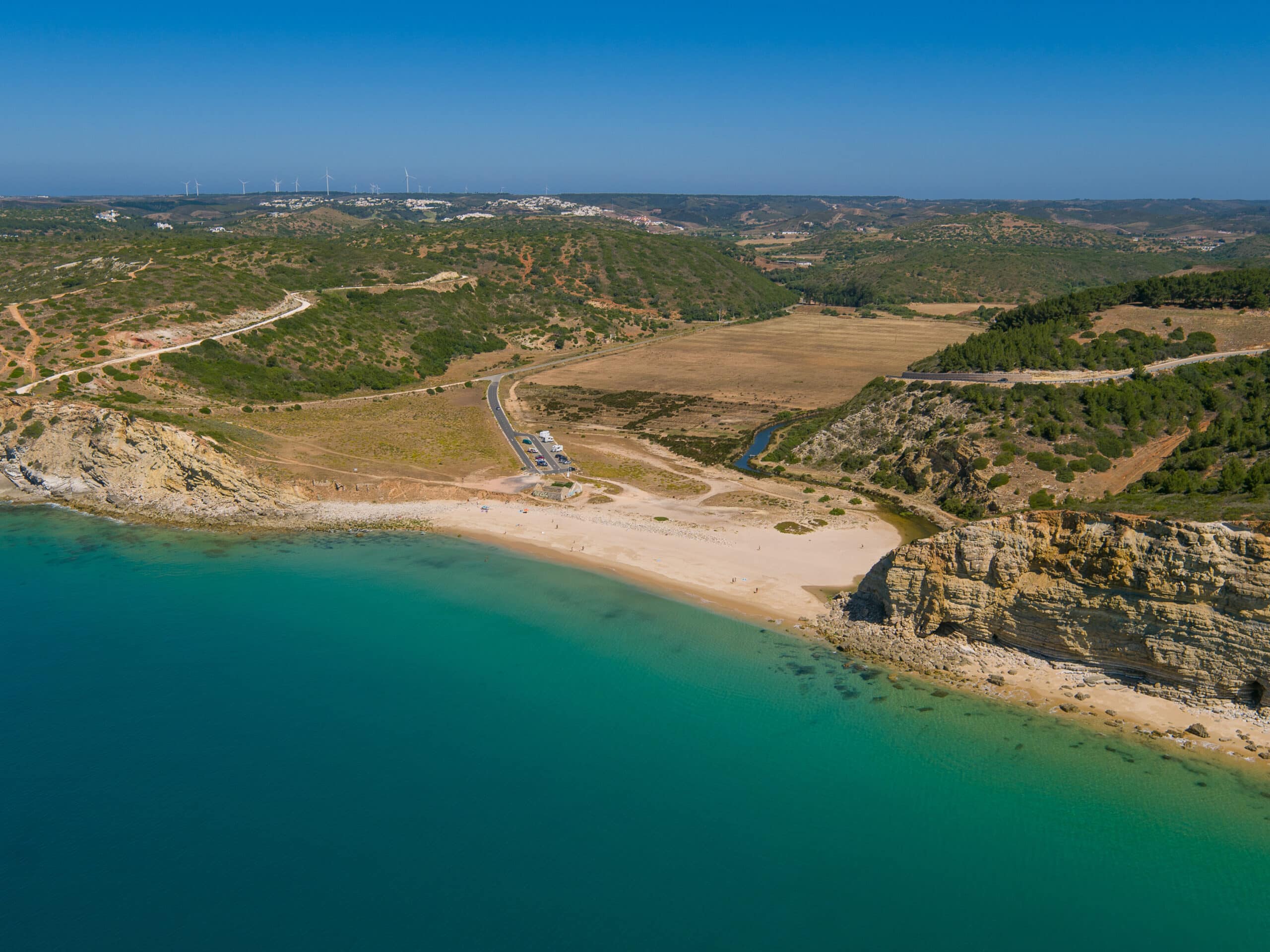14 municipalities will be featured, including the Algarve’s Vila do Bispo
Fourteen municipalities across Portugal are set to join the new “Rota do Portugal Romano” (Roman Portugal Route), a project aimed at promoting the country’s rich Roman heritage.
The initiative is led by the Association of Roman Portugal Municipalities (AMPR) which is investing €657,000 in the route.
The announcement has been in a statement by the municipal council of Condeixa-a-Nova, led by mayor Nuno Moita, also the president of AMPR.
Alongside Condeixa-a-Nova, the route will span the municipalities of Ansião, Avis, Beja, Braga, Estremoz, Oliveira do Hospital, Penela, Santiago do Cacém, Seixal, Tomar, Vidigueira, Vila do Bispo, and Tábua.
The investment will be made under the “Linha + Interior Turismo” program and will be co-financed to the tune of €400,000 by national tourism board Turismo de Portugal.
“This funding is essential to promote and solidify the association, allowing us to move forward with an important project that will further develop the tourism potential of this significant, yet often forgotten, heritage present throughout our country,” said Nuno Moita. He also mentioned that the association submitted another project in December called “PROVERE Portugal Romano,” aimed at strengthening the initiative’s reach.
The “Rota do Portugal Romano” will focus on the development of a tourism product that highlights Portugal’s ancient Roman heritage, with the creation of an integrated network to support visitation across the participating municipalities. The idea is to use “innovative technologies” to make the process of visiting these areas more enjoyable.
One of the key objectives of the initiative is the promotion of archaeological and museum heritage, particularly from the Roman era. However, the project will also cover broader historical periods, from the Iron Age to Late Antiquity, the association says.
The sole Algarve representative on the route will be Vila do Bispo, home to several vestiges of Roman occupation. The Boca do Rio property, recently purchased by the municipal council, is said to boast one of the best preserved Roman ports in Portugal.


























